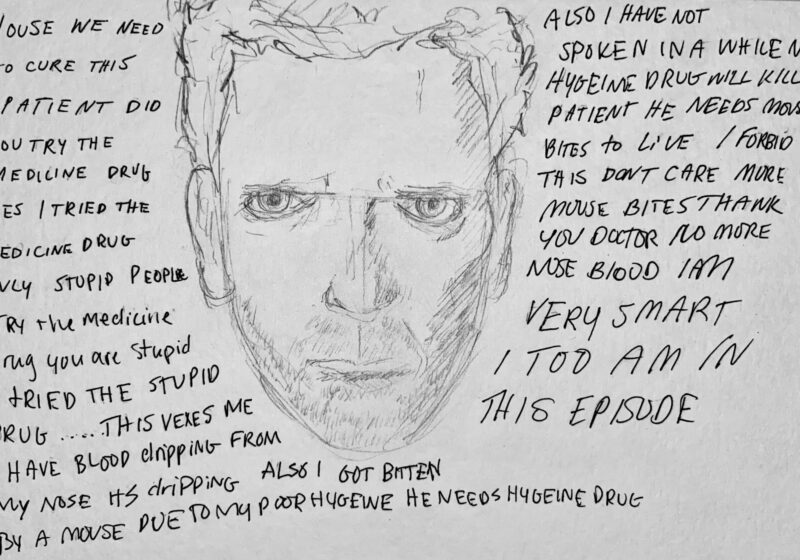UR continued to make waves in the scientific community this January as it secured three spots on Discover magazine’s coveted “Top 100 Science Stories of 2006” list.
Discover is the premiere general interest science magazine in publication and releases an annual list of significant accomplishments from the international community. This year’s stories included such notable developments as the discovery of sunbursts on Saturn (No. 100), polio relapses (No. 60), face transplants (No. 25), and new breakthroughs in alternative energy (No. 1).
UR ranked in at No. 87, No. 44 and No. 27 on this list. Research teams at UR, some of sizable proportion, have labored for as long as 15 years to achieve some of the results which have recently gained publicity.
Robert Boyd, a well-reputed UR professor of optics, recently found a way to make light travel backwards at faster-than-light speed. This accomplishment was No. 87 on the Discover list. The specific mechanics of the retreating light are beyond the grasp of most people, but their implications are anything but.
Boyd and many of his colleagues have been tampering with the speed of light for many years. The goal is to develop more efficient telecommunication networks based on optical buffers rather than traditional electrical switches. However, that goal is still a long way off.
No. 44 on the list is a research paper published in Nov. 2006 in Nature Medicine by Steven Goldman, a professor at the UR Medical Center. Goldman worked with a large research team at both URMC and Weill Cornell Medical School in New York City over a period of four years in a major stem cell oriented research effort funded primarily by the National Institutes of Health.
The project focused on using stem cells to replace nigrostriatal neurons, which produce dopamine and are targeted by Parkinson’s. The stem cells had to be derived only from cell lines sanctioned by the current administration. The main obstacle that researchers faced was getting the stem cells, which are capable of becoming any type of cell, to differentiate into exactly the right kind of neuron targeted by Parkinson’s.
Overcoming this problem is the project’s primary accomplishment. Researchers under the direction of Goldman found a solution by isolating very specific astrocytes from developing fetuses at a specific point in time and mixing them with stem cells in a petri dish.
The astrocytes, which are functionally caretaker cells, convinced the stem cells to differentiate into nigrostriatal neurons. These neurons were then transplanted into the brains of rats and other rodents that induced Parkinson’s disease. The new neurons quickly took over the functions of their now disabled predecessors and reversed the symptoms of Parkinson’s. This is as close as anyone has ever come to effectively curing the disease.
“The next step involves purifying and filtering the differentiated neurons that will be transplanted into the rat brains,” Goldman said. “Hopefully, this will prevent the formation of benign tumors which grow around the transplantation sites in current trials.”
However, the Bush Administration’s stringent policy against large scale stem cell research has proven a serious impediment to the American scientific community’s efforts to move toward clinically useful applications of stem cells.
Although Goldman’s current study used only federally sanctioned stem cell lines and therefore received generous financial backing from the NIH, moving further toward human applications in this line of research requires experimenting with non-sanctioned stem cell lines.
Ranking at No. 27, and landing the highest rank of the three mentions, was the new vaccine for cervical cancer that was approved by the FDA in June, 2006. The vaccine has been almost two decades in the making and is based off of work done by three UR virologists, Richard Reichman, William Bonnez and Robert Rose, nearly a decade ago.
The trio’s research has contributed significantly to the development of the world’s first HPV vaccine. HPV is the causative agent of both cervical cancer and genital warts. Therefore, by creating a vaccine for HPV, researchers have also effectively created a vaccine for cervical cancer.
The FDA has recommended widespread vaccine administration nationwide to women ages 11 to 12 and as young as nine. However, the vaccine’s immediate distribution to third world countries is highly unlikely because it is prohibitively expensive. The price can reach over $3000 a person.
Singh is a member of the class of 2008.



